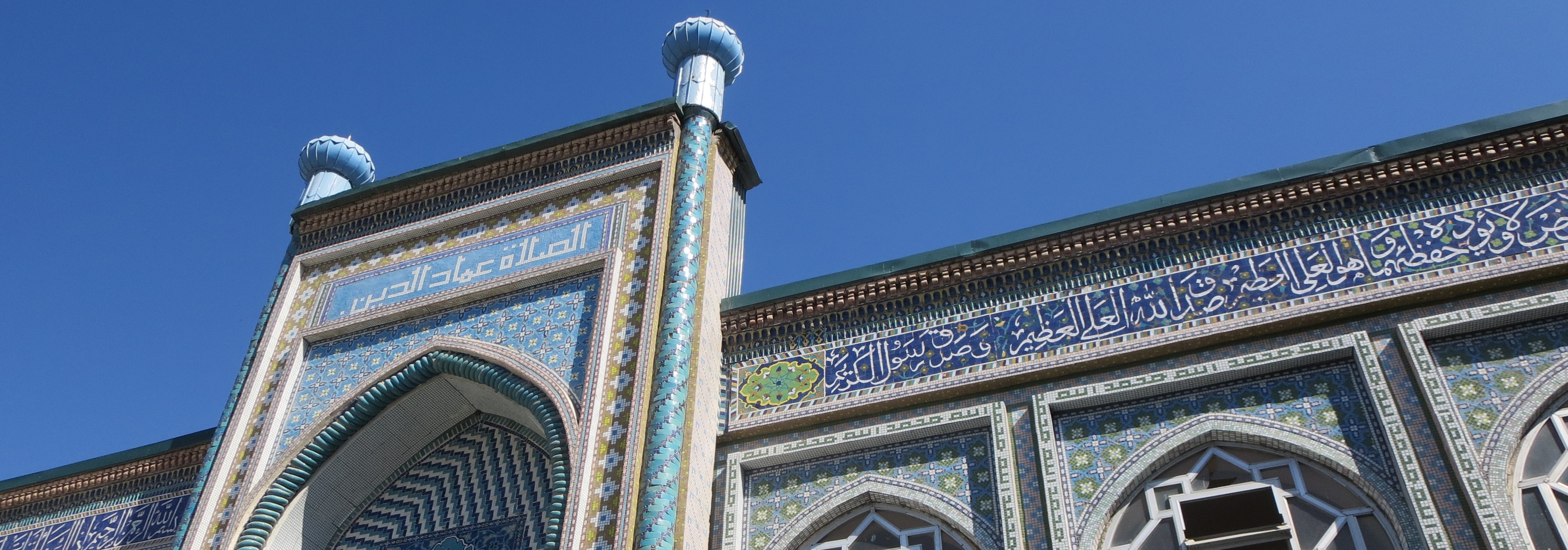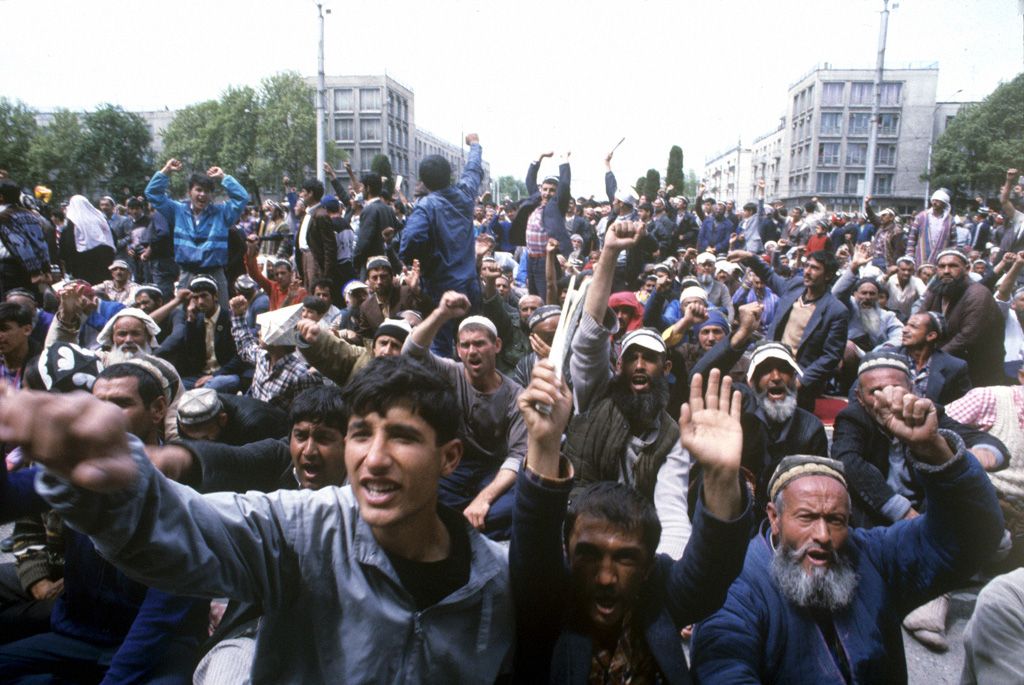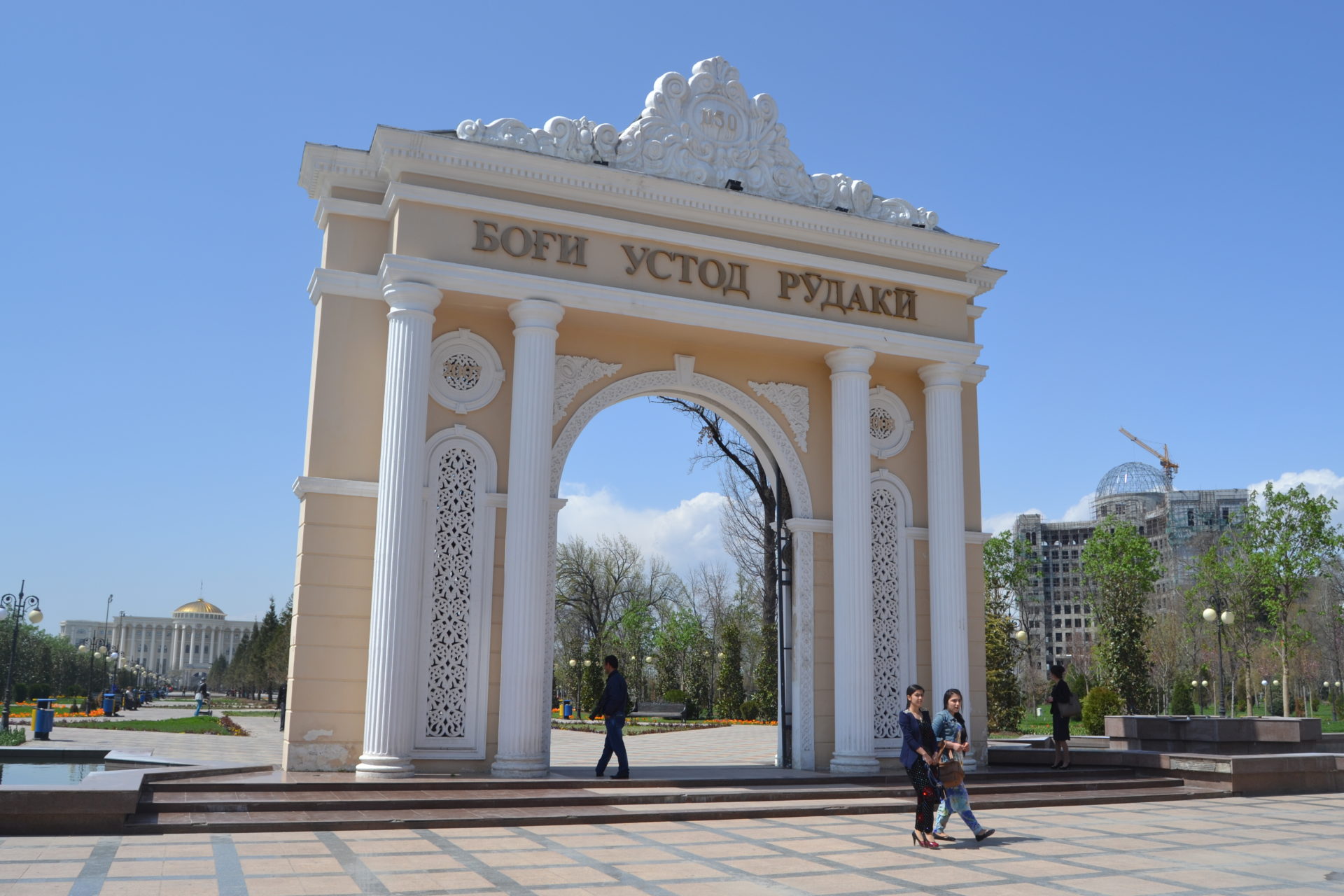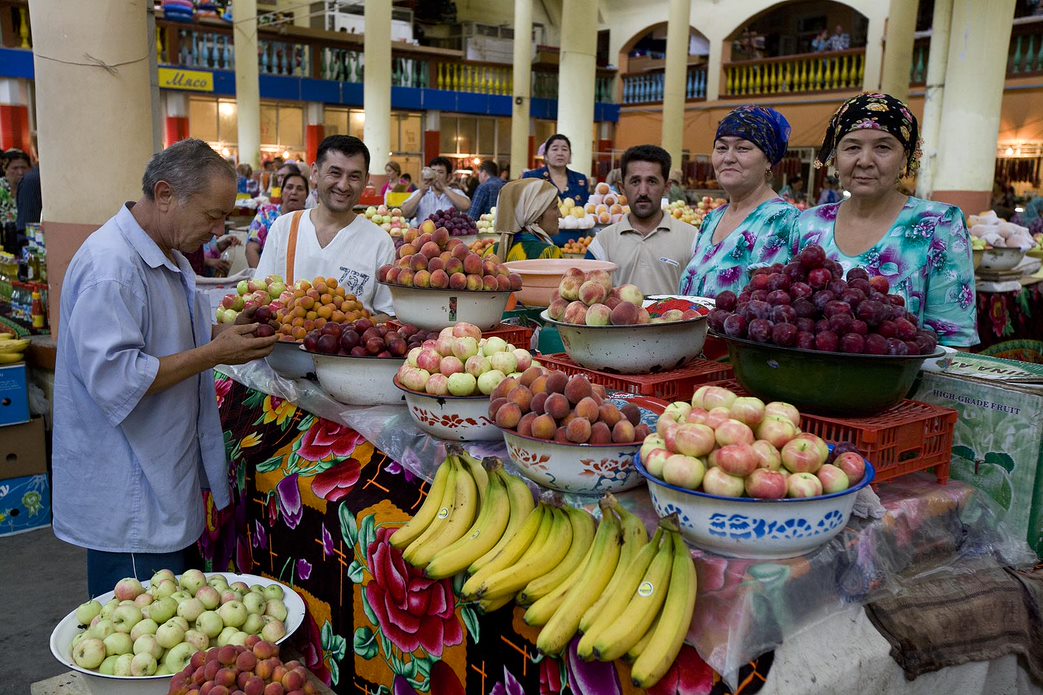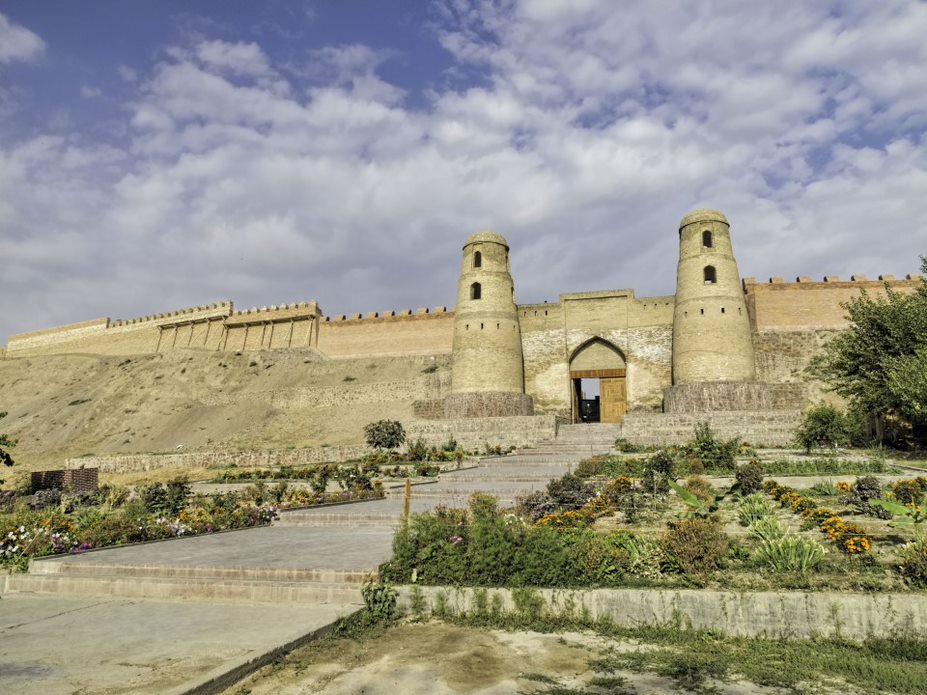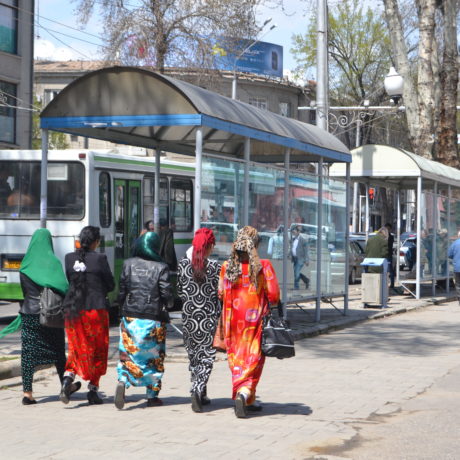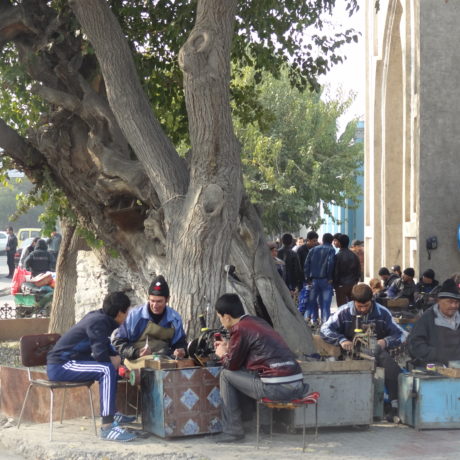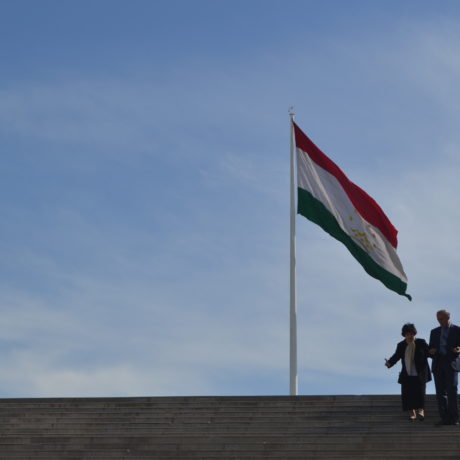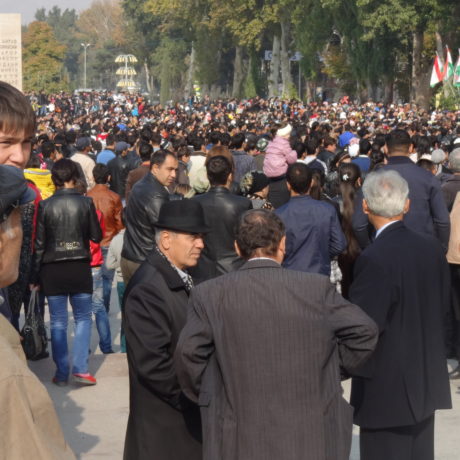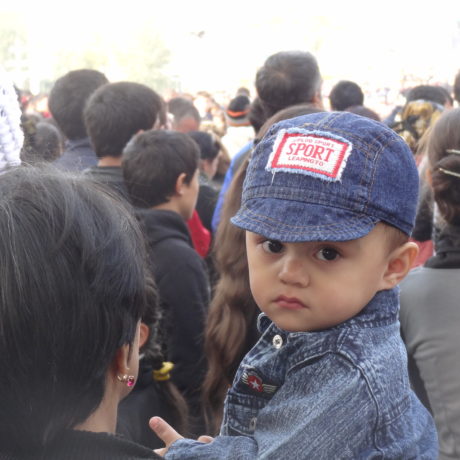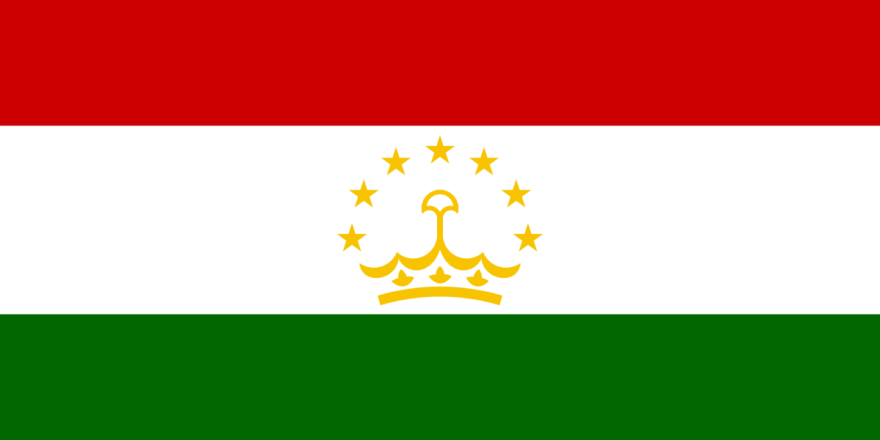
Tajikistan
- Governance: Republic, unitary state
- Capital: Dushanbe
- Population: 7.1 million
- Religion: Islam (sunni)
- Language: Tajik, various minority languages
- Location: Central Asia
- Democracy index: Not free, 11/100
Calm lakes and breathtaking mountains make Tajikistan one of the most scenic countries in the entire former Soviet Union. The small country has a rich and interesting history as well, stretching millennia back. However, when Tajikistan makes headlines abroad, the subject is more often about human rights violations or corruption.
Tajikistan has in recent years been characterized by brutal repression of all political opposition and grave human rights violations. Authorities have outlawed the main opposition party, imprisoned hundreds of critics and eradicated freedom of expression.
Tajikistan today
The civil war (1992-1997) decimated Tajikistan’s already weak economy. More than 20 years later, the economy is still far from restored. Unemployment is epidemic – up to one million Tajiks have left the country, seeking employment abroad. Rather than rebuilding the economy, the regime appears to prioritize consolidating its power.
Particularly since 2015, the country has been consumed by an outright human rights crisis: authorities have outlawed the main opposition party and imprisoned hundreds of opponents, of which many are tortured. Freedom of expression has been eradicated, the press is not free, and courts are corrupt and controlled by the regime. The brutal authoritarian rule, the rampant corruption and the lack of rule of law hinder economic progress and scare away foreign investors, leaving little hope for economic recovery. The ruthless oppression and extensive poverty make for a dangerous cocktail that could threaten Tajikistan’s stability.
NHC and Tajikistan
The Norwegian Helsinki Committee has been engaged in Tajikistan since the 90s, through support to civil society and rights organizations. We’ve also observed elections and have carried out extensive advocacy work. During the ongoing human rights crisis, the Norwegian Helsinki Committee has been at the forefront, documenting and uncovering widespread and grave human rights violations, such as torture, politically motivated imprisonment of hundreds of peaceful opposition members and activists, violence and threats against family members of dissidents, persecution of legal professionals, including imprisonment of lawyers and their family members.
We regularly publish press releases and statements presenting our findings to the international community and call on Tajikistan’s democratic partners to not only raise human rights cases with the country’s leadership, but also to implement targeted sanctions against officials responsible for the most abhorrent rights violations. On two occasions, the work of the NHC and others have led to the release of Tajik activists detained abroad and risking extradition to Tajikistan.
History
The history of Tajikistan is rich – it’s territory has belonged to Persian empires, been conquered by Alexander the Great (one of Tajikistan’s most beautiful lakes, Iskanderkul, is named after him), as well as by the Islamic Caliphate, the Mongols and others. The Russian Empire gained control over the area in 1868, and the Soviet Union established the autonomous Tajik Soviet Republic in 1924, then as a part of the Uzbek Soviet Republic, before the establishment of the Tajik Soviet Republic in 1929.
Following independence in 1991, Tajikistan descended into chaos and civil war as a result of political turmoil. The civil war lasted from 1992-1997 and left between 50-100 000 dead. Current president, Emomali Rahmon, ruled the country since 1992 and his regime has grown steadily more repressive, particularly in recent years.
Timeline
- 1868: Tajikistan becomes part of the Russian Empire
- 1924: The Autonomous Tajik Soviet Republic is established
- 1929: The Tajik Soviet Republic is established
- 1991: Independence
- 1992: Civil war erupts
- 1994: President Rahmon is formally inaugurated
- 1997: The civil war ends
- 2015: The country’s main opposition party is outlawed
- 2016: The Constitution is amended – the president can sit for life
